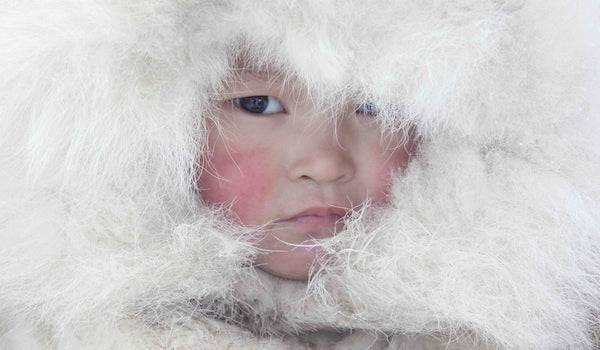
Cold Comfort
In The Wild issue of Selvedge, Bryan Alexander wrote of the innovative approach to Siberian textiles in icy weather, and what better time of year to think warm thoughts...

It covers eight time zones, stretches from the Ural Mountains in Western Russia to the Pacific coast in the Far East, and takes about seven hours to fly across in a jet. Siberia is vast. From the air, much of the northern part of Siberia looks like a wilderness, seemingly endless forest and tundra interspersed by the occasional river, road, town or village.

It may appear empty from the air, but it’s home to at least 19 different groups of indigenous peoples. Some of these cultures have existed there for 1,000 years or more. In the Soviet era they were often referred to as the ‘Small Peoples’, the name having more to do with their population than stature.Today, the smallest group are the Entsy, who number just 227 people, while the largest group is the Nenets who have a population of over 44,000.

The primary activity of most of these northern Siberian peoples is reindeer breeding, along with hunting, trapping and fishing. It is fur from the reindeer they breed and the animals they hunt and trap, that provides them with the materials they need for making their traditional clothes. Siberia can be bitterly cold during the winter months when temperatures can plummet below -60°C, but native people cope with this by using fur for their winter clothes...
You can read this article in full in Selvedge issue 74.
